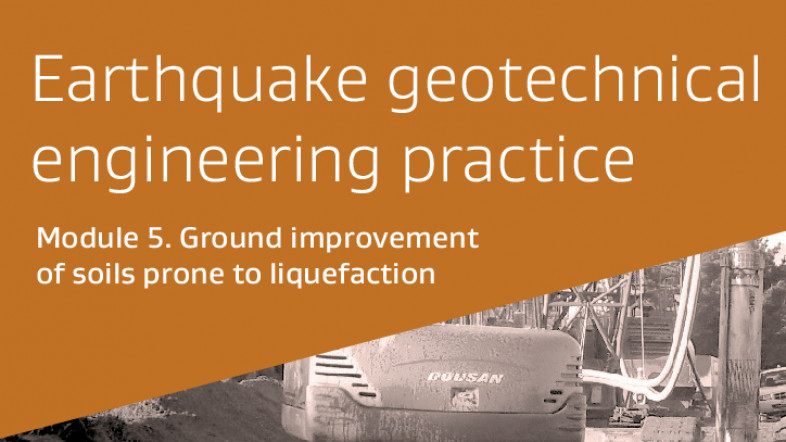Module 5: Ground improvement of soils prone to liquefaction
About this document
Introduction
Module 5 of the Earthquake Geotechnical Engineering Practice guidelines covers the principles of the design of ground improvement, up-to-date practice and supports the Canterbury Earthquakes Royal Commission recommendations.
Contents
Developed jointly by MBIE and the New Zealand Geotechnical Society, Module 5 is part of the Earthquake Geotechnical Engineering Practice series and relates specifically to ground improvement of soils prone to liquefaction.
High level changes in this version include
- Updates and Additions to
- Section 3: Ground improvement principles to outline the effects of ground improvement on neighbouring sites
- Section 5: Ground improvement design information added on the torsional response of structures on partially improved ground and groundwater flows associated with liquefaction
- Section 7: Densification methods - outlining the effect of hard surface layer of effectiveness of dynamic compaction
- Section 8 : Solidification methods - a flowchart for design and construction of Deep Mixing projects has been incorporated
- Section 11: Ground improvement for residential construction - The Earthquake Commission’s ground improvement trial findings have been incorporated.
- Minor content revisions, clarifications and updates, including consideration and incorporation of relevant existing feedback
- References updated to include more detailed design manuals & guidelines.
Appendix includes six worked examples.
Previous version
View the previous version (Version 0)
Resources
Other resources that are available include:
- Repairing and rebuilding houses affected by the Canterbury earthquakes
- Ground Improvement Methods on the US Department of Transportation Federal Highway Administration website.
